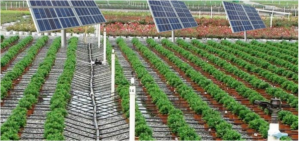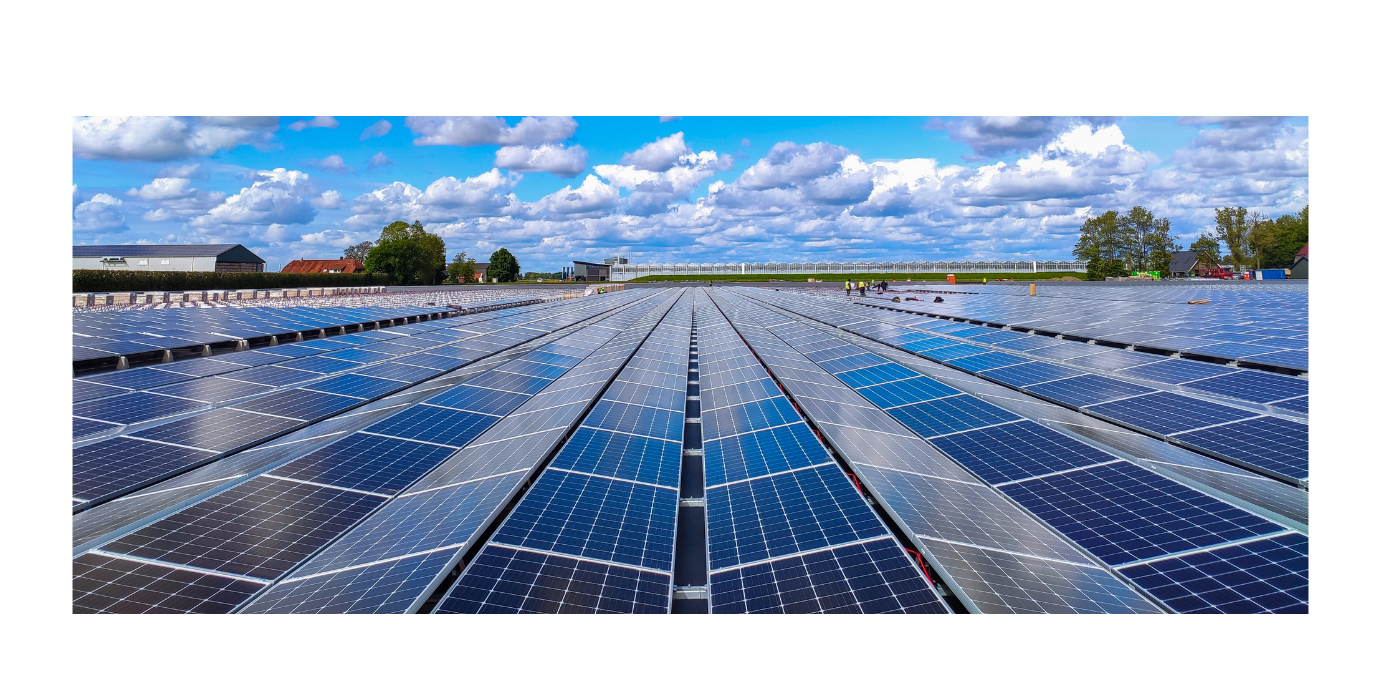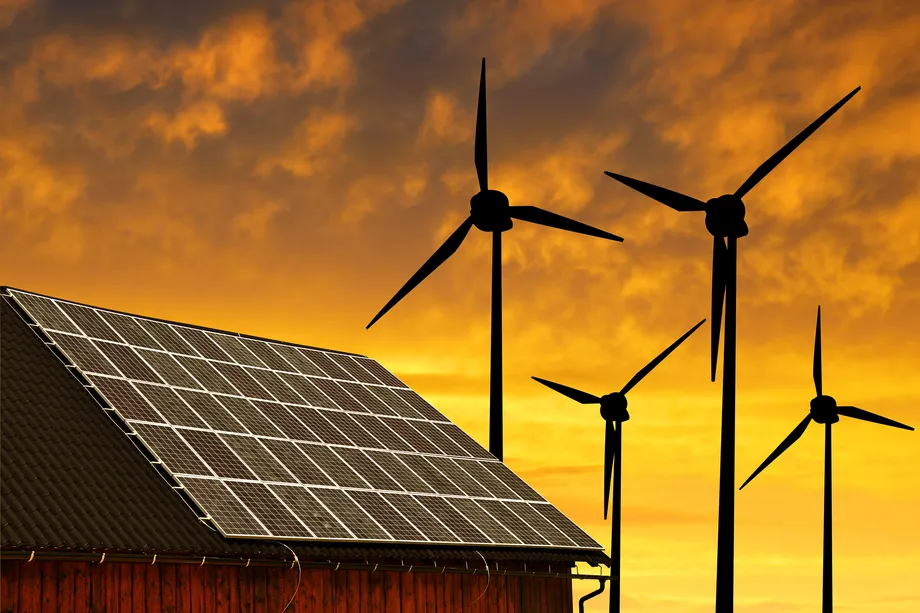The impact of solar panels on heat islands is a crucial topic in urban sustainability. Urban heat islands are a growing concern in many cities worldwide, where metropolitan areas experience significantly higher temperatures compared to their rural surroundings due to human activities and modifications to the environment. This temperature disparity leads to increased energy consumption, higher emissions, and uncomfortable living conditions. Solar panels offer a promising solution to mitigate the urban heat island effect. In this blog post, we will explore four key impacts of solar panels on heat islands, highlighting how these renewable energy systems contribute to cooling urban environments and promoting sustainability.

1. Solar Panels on Heat Islands: Reflecting Solar Radiation
One significant impact of solar panels on heat islands is their ability to reflect solar radiation. Traditional roofing materials tend to absorb a lot of sunlight, converting it into heat, which contributes to the heat island effect. Solar panels, however, are designed to absorb sunlight to generate electricity rather than heat. By reflecting a portion of solar radiation back into the atmosphere, solar panels help reduce the amount of heat that accumulates in urban areas. This reflective property is especially beneficial in densely populated cities where reducing heat absorption can significantly alleviate the solar panels on heat islands challenge.

2. Reducing Energy Consumption and Emissions with Solar Panels
Another important impact of solar panels on heat islands is their role in reducing energy consumption and emissions. High temperatures in urban areas often lead to increased use of air conditioning, which drives up energy consumption and greenhouse gas emissions. Solar panels generate clean electricity from sunlight, reducing the reliance on fossil fuels and thus lowering emissions. By providing an alternative energy source, solar panels help mitigate the urban heat island effect and contribute to a decrease in overall energy demand. The integration of solar panels into city infrastructure directly addresses the issue of solar panels on heat islands by cutting down on the carbon footprint associated with cooling needs.
3. Cooling Roof Surfaces with Solar Panels
The cooling effect of solar panels on roof surfaces is another key impact in addressing heat islands. Traditional roofs can become extremely hot under direct sunlight, transferring that heat into buildings and raising indoor temperatures. Solar panels act as a shield, protecting roof surfaces from intense sunlight and reducing heat absorption. This not only lowers the temperature of the roof but also helps in maintaining cooler indoor temperatures, thus reducing the need for air conditioning. The cooling benefits of solar panels are a crucial aspect of solar panels on heat islands solutions, contributing to a more comfortable living environment and extending the lifespan of roofing materials.

4. Promoting Urban Green Spaces with Solar Panels
Solar panels also encourage the development of urban green spaces, which can further mitigate heat islands. Many cities are integrating solar panels with green roofs and urban gardens. This combination enhances cooling effects by providing additional shade and reducing heat absorption. Urban green spaces, coupled with solar panels, create a more balanced environment that helps in cooling the surrounding areas. This synergistic approach to urban planning not only tackles the solar panels on heat islands issue but also promotes better air quality, biodiversity, and overall urban resilience.
Conclusion
In conclusion, solar panels have a profound impact on mitigating urban heat islands through various mechanisms. By reflecting solar radiation, reducing energy consumption and emissions, cooling roof surfaces, and promoting urban green spaces, solar panels play a crucial role in addressing the heat island effect. As urban areas continue to expand and temperatures rise, the adoption of solar energy systems becomes increasingly vital.







